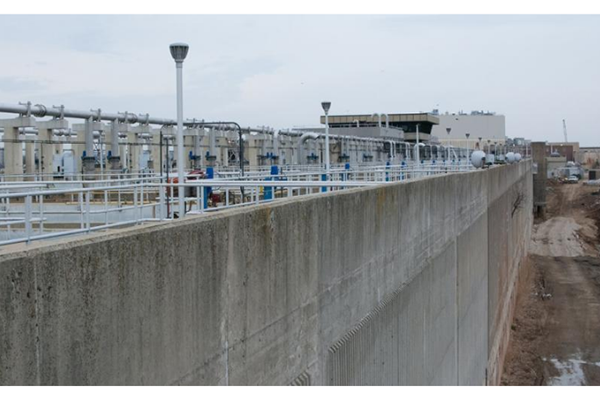
©the California Department of Water Resources
Issue
The US state of California grapples with managing its water supplies and flood risks, which are exacerbated by climate variability and extreme weather events.
■CHALLENGES
Implementing anticipatory technology requires precise weather forecasting and coordination among multiple agencies to optimize water storage and flood control.
Solution
FIRO leverages advanced atmospheric predictions to make informed decisions on reservoir water levels, enhancing water supply reliability and flood management across the state.
Overview
Amid extreme wet and dry fluctuations, the California Department of Water Resources (USA) and federal and local agencies have developed the Forecast-Informed Reservoir Operations (FIRO) program. FIRO uses advanced forecasting of atmospheric rivers to manage storm events and maximize water supply. The program is being implemented at two reservoirs that impact the Yuba and Feather Rivers. Its introduction allows for early water releases when atmospheric rivers are expected. This anticipatory measure increases reservoir capacity, improves water supply reliability, and enhances hydropower generation.
Details
California’s approach to managing its water resources and mitigating flood risks is evolving through the implementation of Forecast-Informed Reservoir Operations (FIRO). This innovative strategy hinges on integrating cutting-edge weather forecasting and hydrological modeling to improve the decision-making process regarding reservoir water levels.
By accurately predicting atmospheric rivers (columns of condensed water vapor) and other significant weather events, FIRO allows water managers to adjust reservoir storage in anticipation of storms or drought conditions. In this way, they can balance the dual objectives of maximizing water supply reliability and minimizing flood risks. The FIRO concept has been piloted at Lake Mendocino on the Russian River, where it demonstrated potential benefits in water management practices. Sonoma Water, the US Army Corps of Engineers, and the Scripps Institution of Oceanography’s Center for Western Weather and Water Extremes collaborated on the effort. The strategy involves a shared effort among federal, state, and local agencies, leveraging scientific research and technological advancements to refine water release strategies.
This alliance aims to optimize water storage capacities without compromising flood control measures, ensuring that reservoirs are managed more effectively to accommodate the dynamic challenges posed by climate change. Applying FIRO represents a shift toward more flexible and adaptive management of water resources.
This proactive approach addresses the immediate challenges of water management in California. It also sets a precedent for other regions facing similar water scarcity and flood risk issues in the era of climate variability.
Read this article for more information and view details on FIRO projects here.




